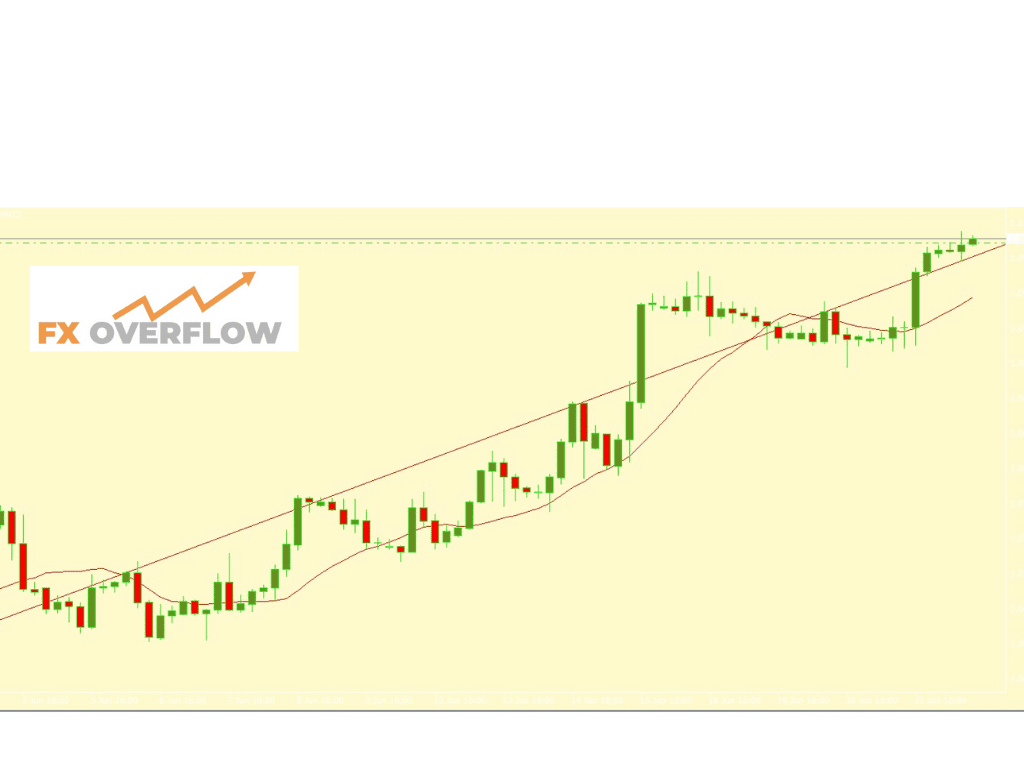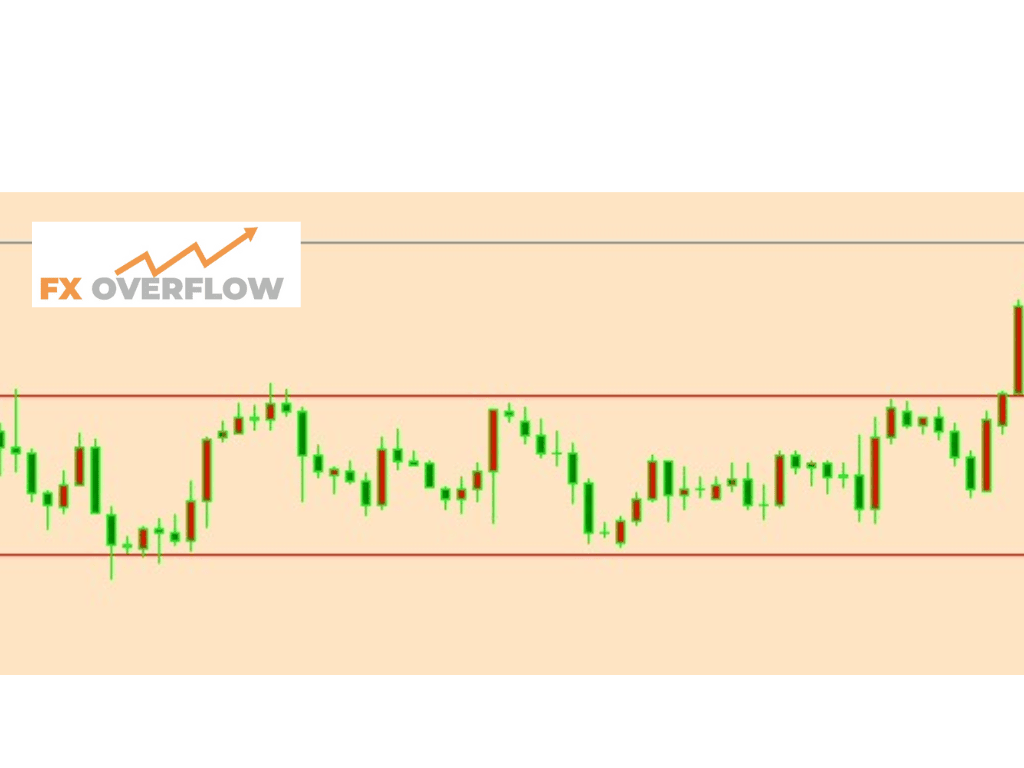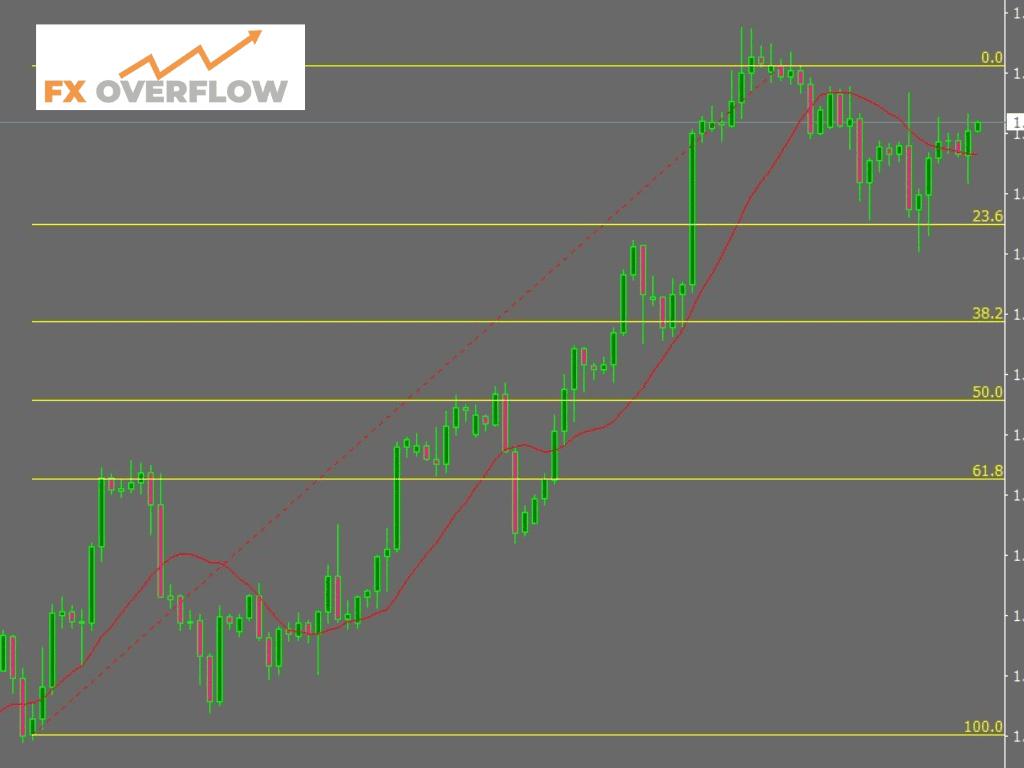Forex Trading Strategies: Unlocking the Path to Success
Introduction
Forex trading strategies play a crucial role in the world of foreign exchange trading. They serve as methodologies that guide traders in making informed decisions regarding when to enter and exit positions. These strategies encompass a wide range of analysis techniques, including technical and fundamental analysis, empowering traders with the knowledge needed to navigate the dynamic currency market successfully.
In this comprehensive guide, we will delve into the realm of forex trading strategies, exploring their significance, creation process, and the best strategies used by seasoned traders. Whether you are a novice or an experienced trader, understanding these strategies will enhance your ability to outperform competitors and achieve success in the forex market.
What Are Forex Trading Strategies?
Forex trading strategies are structured approaches that enable traders to make informed decisions regarding buying and selling currency pairs. These strategies are developed based on various analysis techniques, including technical analysis, which focuses on historical price data, and fundamental analysis, which considers economic factors and news events. By utilizing these strategies, traders gain valuable insights into market movements, allowing them to capitalize on profitable trading opportunities.
Crafting a Forex Trading Strategy
Creating a forex trading strategy involves a systematic process that considers personal preferences, risk tolerance, and market conditions. Here are the key steps to crafting an effective trading strategy:
1. Determine Your Preferred Trading Style
Every trader has a unique trading style that suits their personality and preferences. Understanding your preferred style is essential, whether you are inclined towards day trading, swing trading, position trading, or scalping. This choice will shape the foundation of your trading strategy and dictate your approach to analyzing the market.
2. Select Suitable Currency Pairs
In the vast forex market, numerous currency pairs are available for trading. Major, minor, and exotic currency pairs each offer distinct characteristics regarding volatility and liquidity. By carefully selecting the currency pairs that align with your trading goals and risk appetite, you can narrow down your focus and optimize your trading strategy accordingly.
3. Assess Risk Tolerance
Risk tolerance plays a crucial role in determining the viability of a trading strategy. While some strategies may yield higher profits, they often involve greater risks. Evaluating your risk tolerance level and defining the maximum amount of capital you are willing to risk on each trade is imperative. This step ensures that your trading strategy aligns with your financial goals and safeguards you from excessive losses.
4. Determine Trade Volume
Deciding on the trade volume is an important aspect of crafting a trading strategy. It involves establishing the number of positions you aim to open within a given time frame. Whether you prefer a low-volume approach or an active trading style with multiple positions, this decision influences the choice of strategy and the capital allocation for each trade.
5. Allocate Time Appropriately
Time allocation is another critical factor in designing a trading strategy. Some strategies require continuous monitoring of the market, while others offer more flexibility. By understanding the time commitments associated with various strategies, you can optimize your schedule and ensure that you are available to execute trades effectively.
6. Master Market Timing
Having a solid understanding of market timing is essential for successful trading. By recognizing the periods of high liquidity and volatility, you can identify optimal entry and exit points for your trades. For instance, certain currency pairs experience heightened activity during the overlap of the New York and London trading sessions. You enhance your chances of success by aligning your trades with these favorable market conditions.
The Best Forex Trading Strategies
With a myriad of forex trading strategies available, selecting the ones that align with your trading style and objectives is crucial. While each trader may have unique preferences, some strategies have proven to be widely effective. Let's explore some of the most popular forex trading strategies:
1. Trend Trading Strategy
Trend trading is a straightforward and popular strategy that involves trading in the direction of the prevailing market trend. Traders utilizing this strategy aim to identify and ride the momentum of an established trend. By waiting for confirmation signals before entering a position, traders can increase the probability of success. Trend trading often relies on momentum indicators such as the stochastic oscillator and relative strength index (RSI) to assess the strength of a trend.

In the above diagram is showing trend in the market
2. Range Trading Strategy
Range trading is a strategy that capitalizes on the price action within defined support and resistance levels. In a rangebound market, where the price oscillates between these levels, traders can identify profitable opportunities by buying at support and selling at resistance. This strategy is suitable for traders who prefer shorter timeframes and aim to profit from frequent price fluctuations within the established range.
 In the above diagram you can see the range
In the above diagram you can see the range
3. News Trading Strategy
News trading strategy focuses on capitalizing on market movements triggered by significant economic events and news releases. Traders employing this strategy closely monitor scheduled events such as interest rate announcements and economic indicators. By analyzing the potential impact of these events on currency pairs, traders can position themselves to take advantage of the resulting market volatility. A comprehensive economic calendar is a vital tool for executing this strategy effectively.
4. Retracement Trading Strategy
Retracement trading involves identifying temporary price reversals within an established trend. Traders utilizing this strategy aim to enter the market at advantageous prices during these retracements. Using technical analysis tools such as Fibonacci retracements, traders can identify potential reversal levels where the price is likely to resume its previous trend. Stop-loss and take-profit orders are often placed at key Fibonacci levels to manage risk and secure profits.

The above diagram is showing of retracement
5. Grid Trading Strategy
Grid trading is a strategy that involves placing a grid of stop-entry orders above and below the current market price. Regardless of the market's direction, this grid ensures that at least one order is triggered, resulting in a position. Traders often use support and resistance levels to establish the grid, which can be enhanced with the use of trend lines and moving averages. Grid trading offers flexibility in capturing market movements, regardless of the prevailing trend.
6. Carry Trade Strategy
The carry trade strategy takes advantage of interest rate differentials between two currencies. Traders borrow a low-yielding currency to fund the purchase of a high-yielding currency, aiming to profit from the interest rate spread. The most popular carry trades involve currencies such as AUD/JPY and NZD/JPY, where significant interest rate differentials exist. This strategy appeals to traders who seek to capitalize on interest rate differentials and generate returns over the long term.
7. 50-Pips-a-Day Strategy
The 50-pips-a-day strategy is popular among scalpers aiming to capture small but frequent profits. This strategy focuses on highly liquid currency pairs, such as GBP/USD and EUR/USD, and utilizes 1-hour candlestick charts. Traders place a take-profit order 50 pips above and below the 7 am candlestick close and a stop-loss order for risk management. This strategy is suitable for traders who prefer shorter timeframes and are comfortable with higher trading frequency.
8. One-Hour Strategy
The one-hour strategy is designed to capture short-term price movements by utilizing the previous hour's price chart. This strategy involves placing sell stop and buy stop orders two pips away from the high and low of the previous hour's close. A take-profit order is set 20 pips away from the entry order, and stop-loss orders are determined based on the distance between the high and low of the previous hour. Traders employing this strategy focus on managing their positions within one-hour timeframes.
It's important to note that while these strategies have proven effective for many traders, they have not succeeded in the forex market. It's essential to thoroughly test and adapt any strategy to suit your trading style, risk tolerance, and market conditions. Additionally, staying informed about economic events, market trends, and technical analysis can further enhance the effectiveness of your chosen strategy.
Components of a Forex Trading Strategy
A forex trading strategy typically consists of several key components:
· Trading Goals and Objectives
A successful trading strategy starts with clear goals and objectives. Traders need to define what they aim to achieve in the forex market. This could include profit targets, risk tolerance levels, and desired trading frequency. Setting realistic and specific goals helps traders stay focused and evaluate their performance accurately.
· Market Analysis
Market analysis is a fundamental aspect of any trading strategy. Traders need to analyze the forex market and identify potential trading opportunities. This involves studying price charts, monitoring economic indicators, and staying informed about geopolitical events that can impact currency movements. Technical analysis, fundamental analysis, or a combination of both can be used to assess market conditions and make informed trading decisions.
· Entry and Exit Rules
A trading strategy should define clear rules for entering and exiting trades. This includes identifying specific price levels, chart patterns, or technical indicators that trigger trade entries. Traders also need to establish criteria for exiting trades, whether it's based on profit targets, stop-loss levels, or trailing stop orders. Having predetermined rules helps traders avoid impulsive decisions driven by emotions.
· Risk Management
Effective risk management is crucial for long-term trading success. A trading strategy should include risk management rules that outline how much capital to risk per trade, position sizing techniques, and stop-loss placement. By managing risk appropriately, traders can protect their capital and minimize potential losses.
· Trade Management
Trade management involves monitoring and adjusting trades once they are active. A trading strategy should provide guidelines for trailing stops, taking partial profits, or adjusting stop-loss levels as the trade progresses. Trade management techniques ensure that traders maximize profits and protect gains in changing market conditions.
Importance of a Forex Trading Strategy
Having a well-defined forex trading strategy offers several benefits:
1. Discipline and Emotional Control
A trading strategy instills discipline and helps traders maintain emotional control. By following predefined rules, traders can avoid impulsive and emotionally driven decisions. This leads to a more systematic and consistent approach to trading.
2. Consistency in Decision-Making
A trading strategy provides a framework for consistent decision-making. Traders can evaluate potential trade setups objectively based on the criteria outlined in their strategy. This reduces the impact of subjective biases and enhances decision-making consistency.
3. Risk Mitigation
A trading strategy incorporates risk management techniques that help traders mitigate potential losses. By setting proper stop-loss levels, managing position sizes, and adhering to risk management rules, traders can protect their capital and reduce the impact of unfavorable market conditions.
4. Adaptability to Market Conditions
A trading strategy should be adaptable to different market conditions. Traders can modify their strategies or employ different strategies based on changing market dynamics. This flexibility allows traders to align their approach with prevailing market trends and optimize their trading performance.
Developing a Forex Trading Strategy
Developing a forex trading strategy is a continuous process that requires testing, refinement, and adaptation. Traders can start by studying different strategies, learning from experienced traders, and gaining insights from educational resources. It's essential to backtest strategies using historical data and evaluate their performance before applying them in live trading.
Traders should also consider their personal preferences, risk tolerance, and trading style when developing a strategy. What works for one trader may not work for another, so customization and personalization are crucial.
In conclusion, a forex trading strategy serves as a roadmap for traders, guiding their decision-making process and increasing their chances of success in the forex market. By defining goals, analyzing the market, and incorporating risk management techniques, traders can enhance their trading performance and achieve their objectives.












Discussion (1)